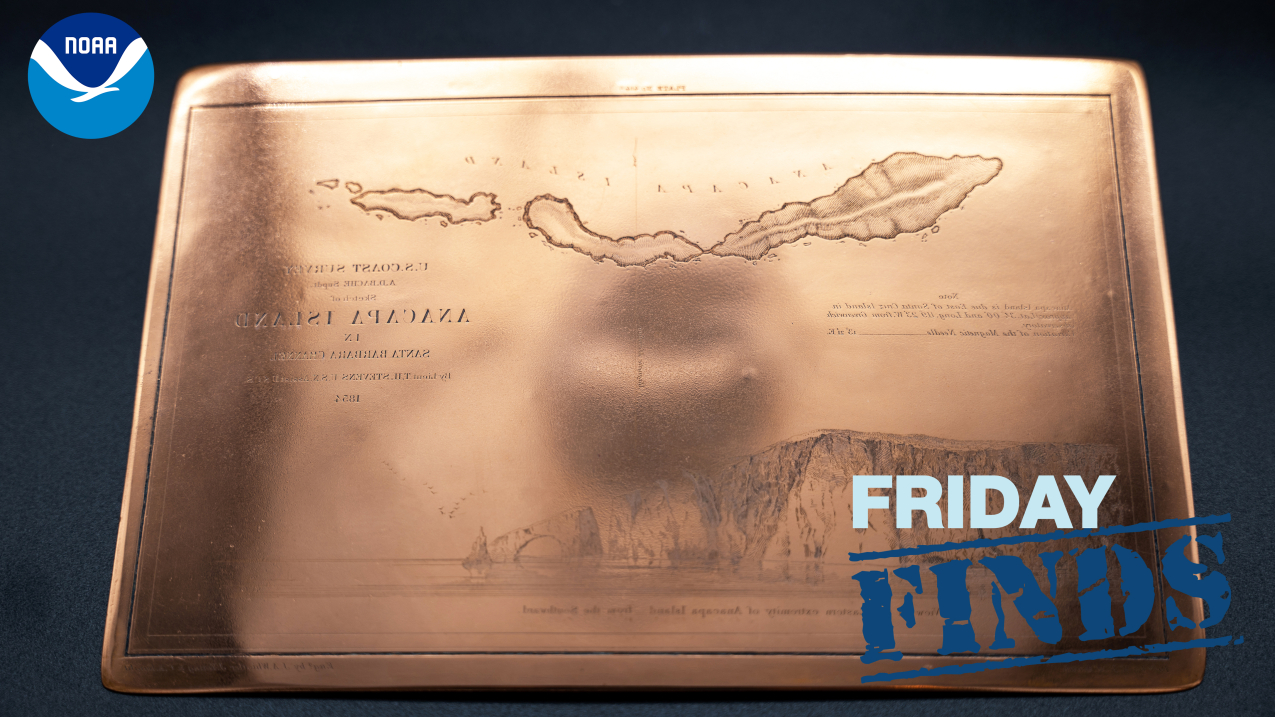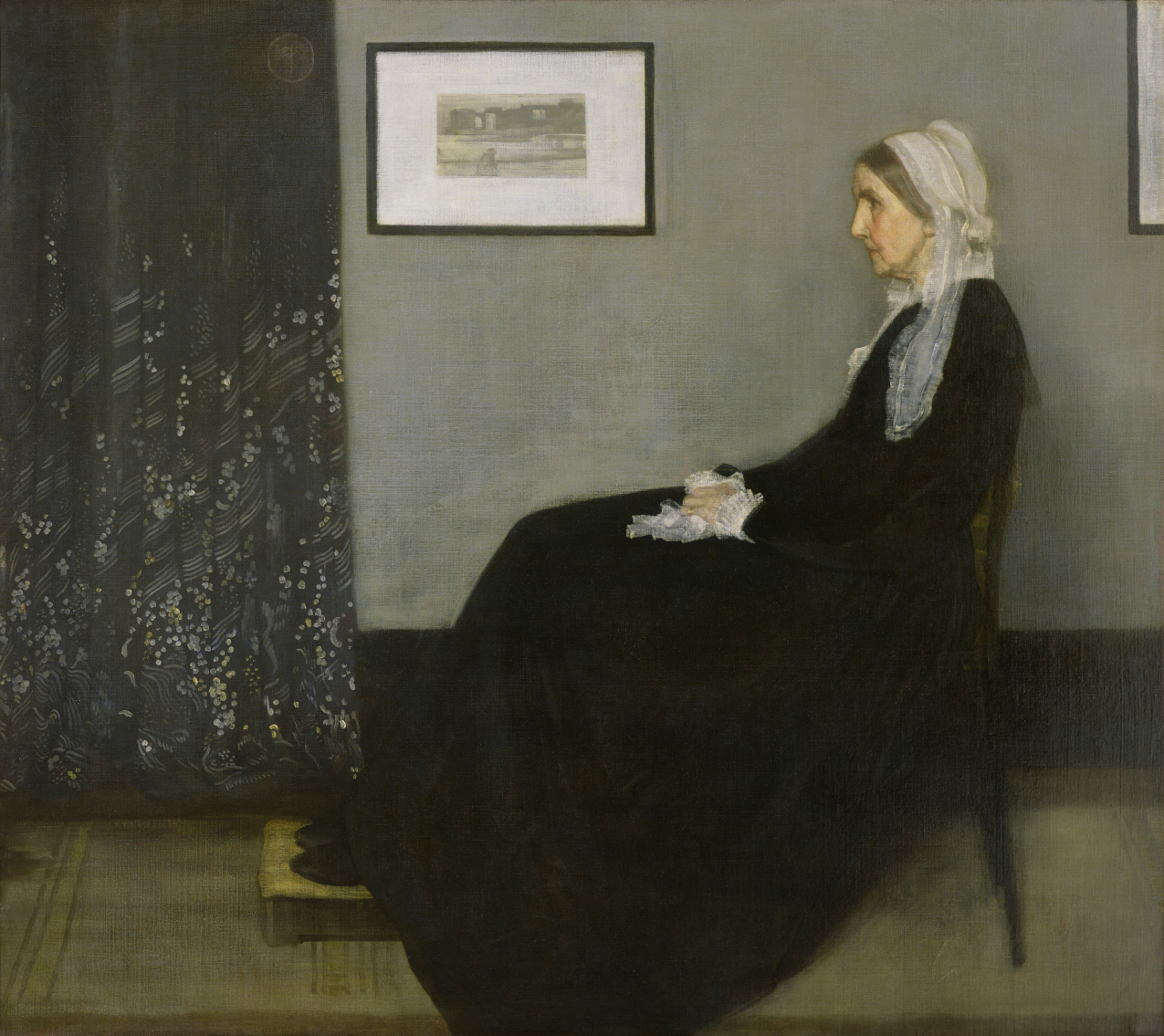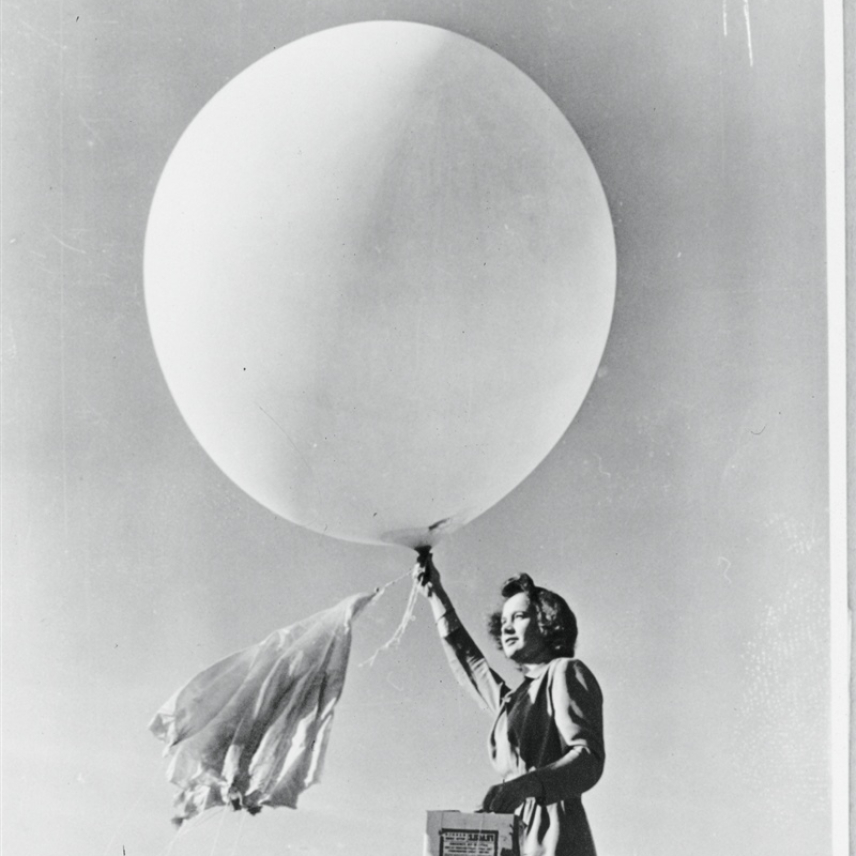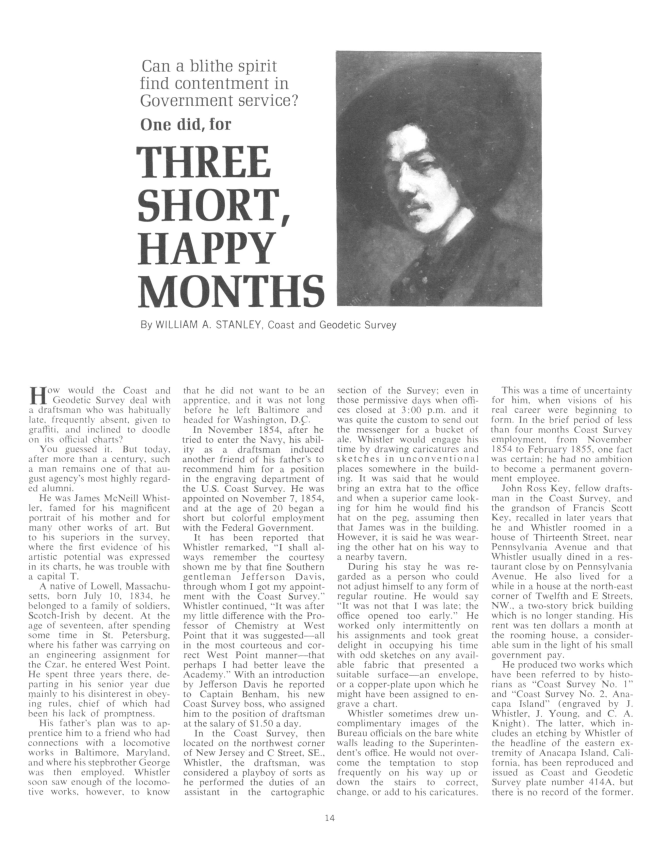“Surely the birds don’t detract from the sketch. Anacapa Island couldn’t look as blank as that map did before I added the birds.” - James McNeill Whistler

An etched copper plate used for printing maps and charts in the 19th and early 20th centuries. This one is of Anacapa Island and was etched by American artist James McNeill Whistler, who added several birds flying overhead. The image on the plate is depicted backwards for use with a printing press. The artists had to use a mirror to etch the map from a reference sketch. (Image credit: NOAA Heritage)
James McNeill Whistler offsite link, an American artist most famous for his masterpiece “Arrangement in Grey and Black, No. 1.” - or, Whistler's Mother - had a brief, rocky stint as a chartmaker for the Coast and Geodetic Survey from November 1853 - February 1854. He's been described as "a draftsman who was habitually late, frequently absent, given to graffiti, and inclined to doodle on its official charts." Though his tenure lasted only three months, some credit his work creating charts with the Survey as an influence on his later career as a prolific etcher.

Whistler's doodles have survived the years, and NOAA still has one. Early Coast Survey charts included sketches of headlands, and Whistler's work appears etched on copper plates depicting the eastern side of Anacapa Island in California. Above the coastline, Whistler added a formation of birds - an unnecessary and now invaluable flair.
Read: "Can a blithe spirit find contentment in Government service?"
This article about Whistler's time in the Survey appeared in the January 1968 edition of ESSA World, a quarterly publication highlighting feature stories written by Environmental Science Services Administration staff. ESSA became part of NOAA in 1970.







